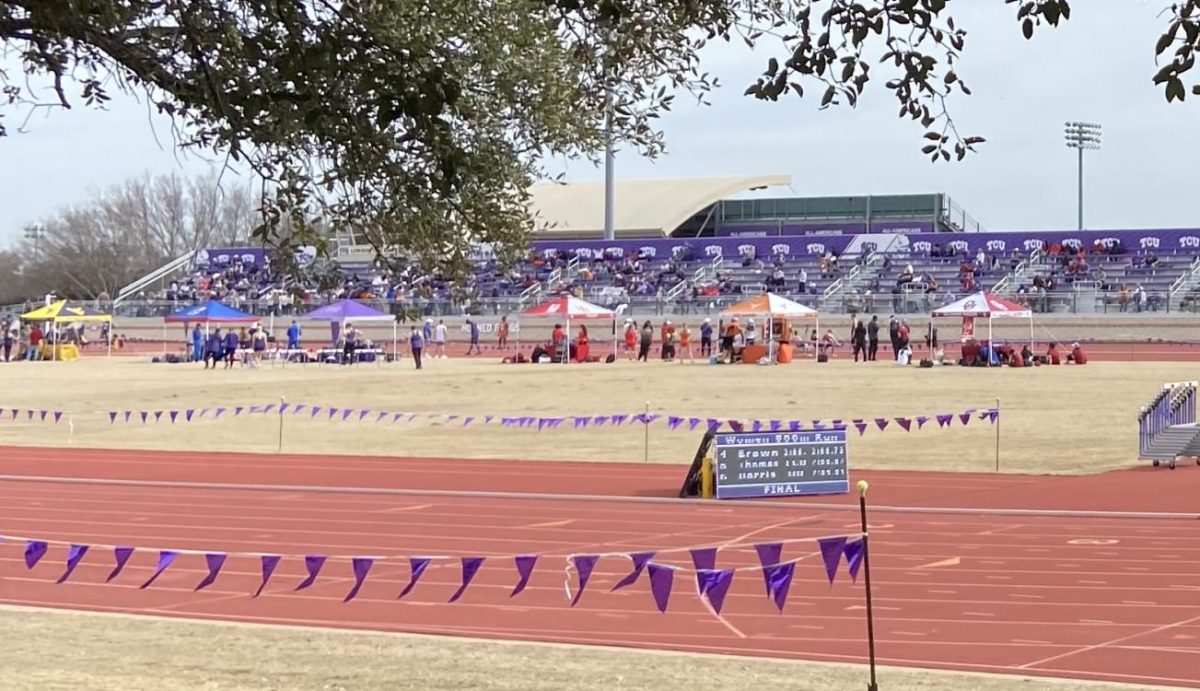Going with the wind: How Texas lawmakers are working to make wind energy safer and more convenient
By Boots Giblin, Staff Writer
Published Apr 29, 2025
Categories:



